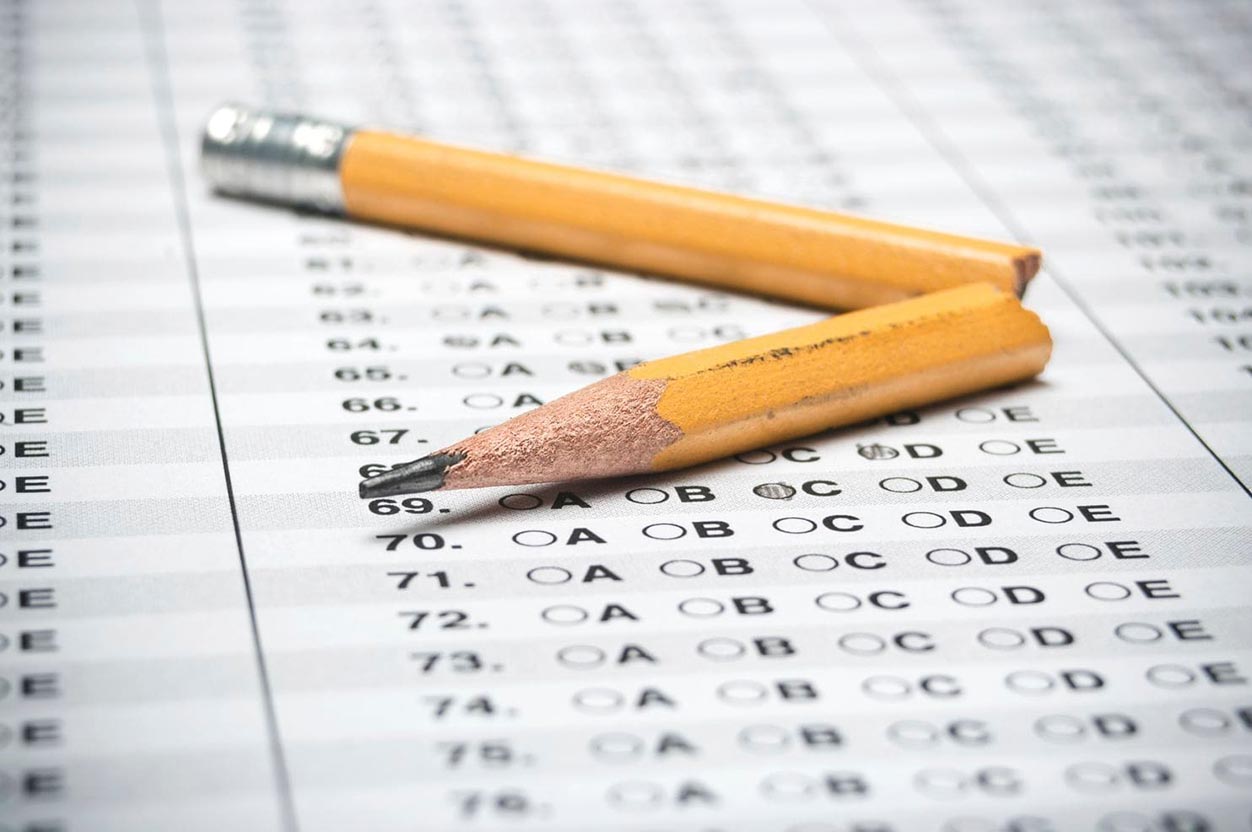92% of Va. schools win accreditation despite achievement gap

By Debbie Truong, Washington Post
Debbie.Truong@washpost.com
September 27, 2018
Most Virginia schools met or surpassed the state’s expectations for student achievement last school year, but achievement gaps persist in many schools, data released Thursday shows.
Ninety-two percent of schools received full accreditation from the Virginia Department of Education for the 2018-2019 school year. That was true even though more than 40 percent of schools fell short of satisfying the state’s expectations for narrowing achievement gaps in math and English.
The achievement gap is among the most persistent challenges confronting U.S. educators who have struggled to bridge a divide between white students and students of color, children with disabilities and students from low-income families.
This year marked the first time the state rated schools using a system that gives students credit for overall proficiency and growth in English, math and science, and it reflects absenteeism and high school dropout rates.
Under the old system, schools’ accreditation status was determined almost entirely by how students fared on the Standards of Learning tests. Accreditation is used to hold schools accountable and to assess a school’s quality.
“Every student in the commonwealth deserves a high-quality educational experience, and we hope that by shining a light on these gaps our schools will continue to develop innovative strategies that result in equitable outcomes for our children,” State Superintendent of Public Instruction James Lane said in a statement.
Under the new system, schools are assigned a rating for each benchmark — level 1 signifies a school is meeting or exceeding expectations, level 2 indicates a school is near or making adequate progress toward reaching standards, and level 3 means a school is below standards.
Schools that receive level 1 or 2 marks in all categories are considered accredited, while schools that receive a 3 in any category are accredited with conditions. A school is denied accreditation if it fails to adopt and implement plans to improve.
No schools in the state were denied accreditation this year because it was the first time the revamped system was used. But nearly 8 percent received accreditation with conditions.
Forty-two percent of Virginia schools received scores of 2 or 3 because of achievement gaps in English and 45 percent for math, according to the state.
The vast majority of Northern Virginia schools were accredited, including all schools in Loudoun, Arlington and Prince William counties.
In Fairfax County, a 190,000-student school system and the state’s largest, just Fort Belvoir Elementary was accredited with conditions. The school fell below standards in closing math achievement gaps, especially for black students, students with disabilities and those considered economically disadvantaged, state data shows.
Still, Fairfax Superintendent Scott Brabrand hailed his system’s overall success.
“This required a team effort of many talented individuals working with students to achieve proficiency in core subjects,” Brabrand said. “Accreditation is an important benchmark, but we still believe that standardized testing is not the sole measure of student success.”
Two schools in the city of Alexandria — T.C. Williams High and Jefferson-Houston K-8 School — were accredited with conditions. Jefferson-Houston had its accreditation denied outright during the six most recent years under the old accountability system.
In a news release, Alexandria Superintendent Gregory C. Hutchings Jr. said it is crucial to consider student growth when judging a school.
“Test scores and accreditation are just two ways to measure student success,” Hutchings said. “It is also important to acknowledge the work that remains in front of us as a division and a community.”
In Arlington, where all schools were accredited, Superintendent Pat Murphy said in a news release the ratings indicate “our students are meeting and exceeding grade level standards and continuing to achieve as they move from one grade level to the next.”
But three Arlington elementary schools — Abingdon, Barrett and Hoffman-Boston — fell below standards for educating students with disabilities in math. The school system did not respond to questions about how it intends to address performance gaps.
Critics of the old accountability system argued a school’s overall success may mask challenges experienced by some students.
Jesse Senechal, an assistant professor at Virginia Commonwealth University’s School of Education, said using multiple measures to determine a school’s success provides a context for understanding differences among schools.
“It gives you a more nuanced understanding of what the performance actually looks like in schools,” Senechal said.